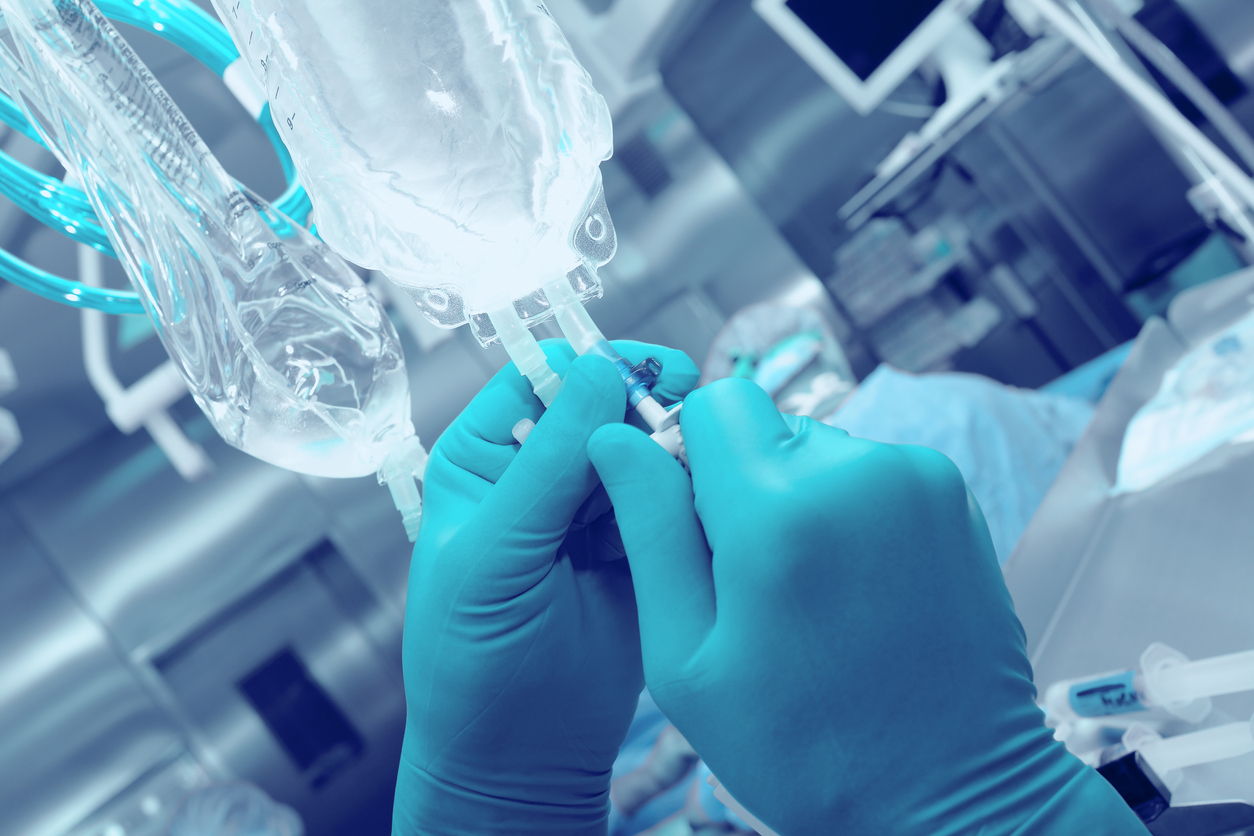This website uses cookies so that we can provide you with the best user experience possible. Cookie information is stored in your browser and performs functions such as recognising you when you return to our website and helping our team to understand which sections of the website you find most interesting and useful.
News
Vinyl in Healthcare: A Versatile Material Powering Essential Medical Devices and Services
In the world of healthcare, medical facilities rely on a multitude of equipment and devices, many of which utilize vinyl, to run smoothly and efficiently. From everyday essentials to life-saving instruments, vinyl finds extensive use in various healthcare settings, contributing to the delivery of quality patient care. In this article, we explore the diverse array of items in healthcare settings that leverage the benefits of vinyl.
IV Tubing and Catheters:
Intravenous (IV) therapy is a cornerstone of modern medical practice, delivering vital fluids and medications directly into patients’ bloodstream. IV tubing and catheters, essential components of this process, often rely on vinyl due to its flexibility, compatibility with sterilization methods, and biocompatibility. Vinyl-based IV sets offer healthcare providers a reliable means of administering fluids and medications safely and efficiently.
Blood Bags and Collection Equipment:
Vinyl is commonly used in the fabrication of blood bags and collection equipment, ensuring the safe containment and transportation of blood products. The durability and chemical inertness of vinyl help maintain the integrity of blood samples, reducing the risk of contamination and preserving their therapeutic efficacy. In addition, PVC blood bags preserve blood for up to 42 days, much longer than other alternatives. This preservation is vital to protecting our blood supply from shortages.
Respiratory Masks and Oxygen Tubing:
Vinyl-based respiratory masks and oxygen tubing are integral components of respiratory therapy, facilitating the delivery of oxygen and aerosolized medications to patients. The pliability and non-reactivity of vinyl ensure a comfortable and secure fit, allowing patients to receive the necessary respiratory support without discomfort or irritation.
Examination Gloves and Protective Apparel:
Vinyl gloves offer a cost-effective and quality alternative to latex and nitrile gloves, providing barrier protection against pathogens and contaminants during patient care activities. Vinyl-based protective apparel, including gowns and aprons, help healthcare workers maintain a sterile environment and minimize the risk of cross-contamination, safeguarding both patients and healthcare personnel.
Medical Packaging and Storage:
Vinyl is widely used in the fabrication of sterile packaging materials, such as bags, pouches, and blister packs, due to its puncture resistance and barrier properties. Vinyl packaging helps preserve the sterility of medical products during storage and transportation, ensuring they remain safe and ready for use when needed. Blister packing for prescription medications also can help protect the integrity of the medicine from items such as breakage and high humidity.
Vinyl Seat Coverings for Infection Control:
In addition to medical devices and equipment, vinyl seat coverings have emerged as an essential component of infection control measures in healthcare settings. Vinyl’s impermeable surface makes it easy to clean and disinfect, reducing the risk of microbial contamination and the spread of infectious diseases. Vinyl seat coverings are commonly used in waiting areas, examination rooms, and treatment areas, providing a hygienic and easily maintainable seating solution for patients and visitors. When healthcare facilities need to be cleaned and disinfected between patients, vinyl is a quality product that can withstand harsh cleaning chemicals that can cause other furniture coverings to fail.
Vinyl stands as a versatile and indispensable material in healthcare settings, powering a diverse range of essential medical devices and equipment. From intravenous therapy to infection control and respiratory care, vinyl-based products play a vital role in delivering quality patient care and ensuring the safety of healthcare environments. As healthcare continues to evolve, the versatility and reliability of vinyl will remain integral to meeting the dynamic needs of patients and healthcare providers alike, reaffirming its status as a cornerstone of modern healthcare.


